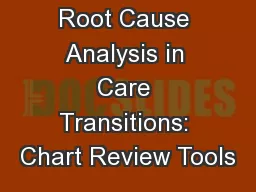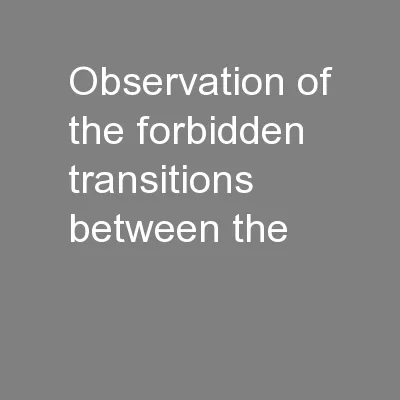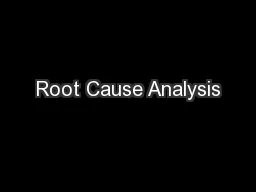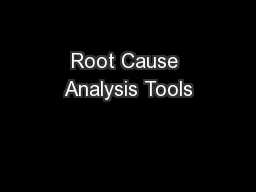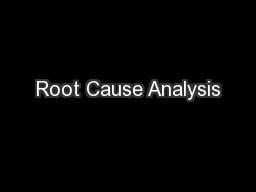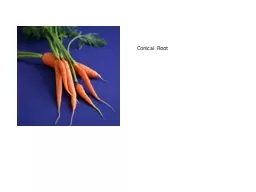PPT-Root Cause Analysis in Care Transitions: Chart Review Tools
Author : kittie-lecroy | Published Date : 2018-10-24
Tom Ventura MS MSPH tventuracfmcorg Colorado Foundation for Medical Care wwwcfmcorgintegratingcare March 22 nd 2012 This material was prepared by CFMC PM4010094
Presentation Embed Code
Download Presentation
Download Presentation The PPT/PDF document "Root Cause Analysis in Care Transitions:..." is the property of its rightful owner. Permission is granted to download and print the materials on this website for personal, non-commercial use only, and to display it on your personal computer provided you do not modify the materials and that you retain all copyright notices contained in the materials. By downloading content from our website, you accept the terms of this agreement.
Root Cause Analysis in Care Transitions: Chart Review Tools: Transcript
Download Rules Of Document
"Root Cause Analysis in Care Transitions: Chart Review Tools"The content belongs to its owner. You may download and print it for personal use, without modification, and keep all copyright notices. By downloading, you agree to these terms.
Related Documents

